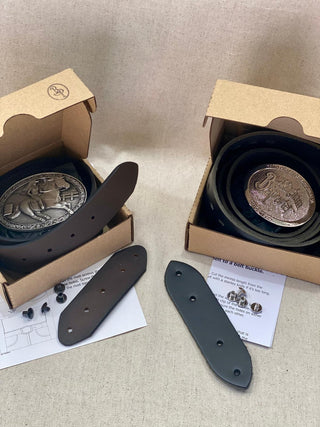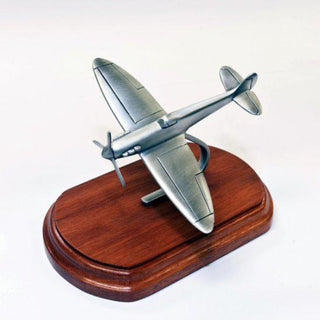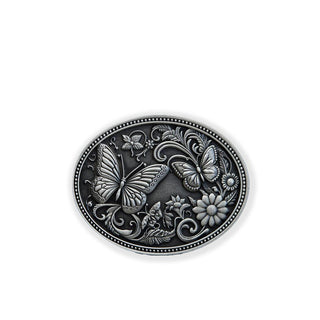Pewter is a Tin alloy traditionally used to make tankards and other household utensils. It is a dense metal containing predominantly tin but also can made up of antinomy, zinc, copper, and iron. This means it will never rust or tarnish over time. It is a soft alloy and has a low melting point. It can be worked easily to create amazing detail in the smallest of items. Pewter requires a great deal of hand craftsmanship. A completed pewter product reflects a number of variables: the complexity of the design, the quantity of steps, and the desired finish.
Pewter is considered one of the most valuable metals in common use, right after platinum, gold, and silver.
In the modern age pewter is used for a range of items mainly in the promotional incentive sector. Buckingham Pewter produces items such as belt buckles, coasters, keyrings, plaques, medallions, paperweights and 3d figurines.



Throughout pewter’s long history there has been many different compositions, even today there is still numerous varieties produced. The only common factor is the high quantity of tin. Usually ranging from 92 – 96%. Pewter can be polished to a bright silver finish or if preferred chemicals can be used to stimulate the patinas which recreate the brushed antique look.
Fun Facts – 85% of Australia’s economic tin resources are located at the Renison Bell deposit in Tasmania. The next major producer of tin is Greenbushes here in Western Australia. Tin is the byproduct of the mine where Tantalite is the primary chemical compound or Tantalum is the primary element.
The world’s economic resources of tin is approximately seven million tonnes, of which Australia has approximately 1.3%. Eastern Asian countries, including China (27%), Malaysia (15%), Thailand (12%) and Indonesia (10%) possess the majority of the world’s economic tin resources. Other countries with large tin resources include Brazil (16%), Bolivia (6%), Peru (4%) and Russia (4%).

Tin-
Tin is the fourth most precious metal in the world and was used by man as early as The Bronze Age. Tin very rarely occurs uncombined in nature. Tin has a relatively low melting point of 230 degrees and alloys well with other metals. It will increase the hardness of an alloy and raise its working temperature. Other characteristics of tin are its softness, its malleability and its high fluidity when molten, this allows a cast product to be highly detailed.
Antimony-
Antimony has been around since the ancient Egyptian and Roman era. It rarely occurs in nature but its ores are widely found, principally in such places as China, South Africa, Bolivia, Peru and the United States. Antimony is a metalloid element found in mined deposits. It is useful in alloys because it improves its capacity to reproduce detail and it hardens soft metals such as tin.
For a further, investigate into Pewter check out Wikipedia – https://en.wikipedia.org/wiki/Pewter










